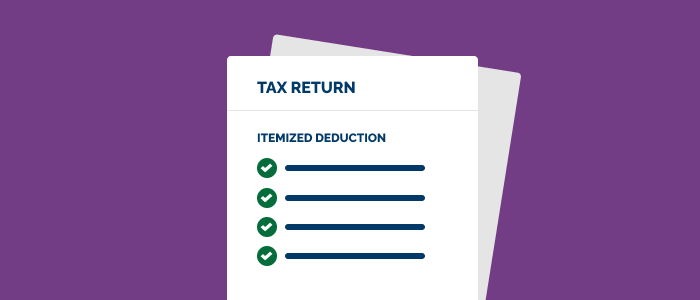Tax Concepts and Forms
Before you can file your taxes, it helps to understand a few key concepts, like the types of income, what are deductions, and which forms you’ll need to report it all.
Types of Income
Not all income is created equal. Some you work for, some just show up – and the IRS wants to know.
- Earned income: Wages, salaries, self-employment income, gig work
- Unearned income: Dividends, capital gains, interest, taxable scholarships
- Gross income: Total income before any deductions or taxes (Earned income + unearned income)
- Adjusted gross income (AGI): Gross income minus adjustments (e.g., student loan interest, pre-tax IRA contributions)
- Taxable income: AGI minus deductions (standard or itemized)
Standard vs. Itemized Deductions
Which tax deduction method is right for you?
| Standard Deduction | Itemized Deductions |
|---|---|

What it is: |

What it is: |
| Who uses it: 90% of tax filers use the standard deduction. Most people choose this option because it’s simple and often results in a better outcome unless they have major expenses. |
Who uses it: 10% of tax filers itemize their deductions. This method benefits people with large mortgage payments, small business expenses, high medical bills, or big charitable donations. |
2025 Standard Deductions:
|
Common Deductible Expenses:
|
Tax Credits and Deductions
Two common ways to lower your tax bill are credits and deductions. Let’s break down how they work.
- Tax credits reduce your tax bill dollar-for-dollar.
- Child tax credit
- Earned income tax credit (EITC)
- American Opportunity Credit
- Saver’s credit
- Tax deductions reduce your taxable income, which lowers how much tax you owe. These are normally used when itemizing your tax return.
Key Tax Forms
When filing your taxes, you’ll use forms that report your income and help you claim deductions or credits. Some forms come from employers or financial institutions, while others you fill out to calculate how much tax you owe or how much you’ll get back.





